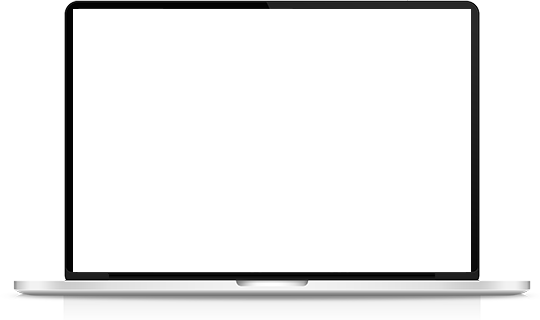How to use the Animation On Scroll in web design

Loop Animation
Today, many websites have animated elements used to attract attention by increasing visits, improving branding, and adding websites' uniqueness. Nicepage empowers web designers, pros and novices, to build animation-rich blocks without coding. You can enable the Loop Animation property in the Property Panel to add animation and interaction to your website, bringing JavaScript and CSS's power into the visual Website Editor.
Animation Customization
Assume that standard animation effects are too little for your website idea, and you need to mix several animation effects to achieve the desired result. You can fully control the properties available for the Customizable Animation Presets. And only choose the Predesigned Animation Presets from the Library with minimal fine-tuning. You can go to the Property Panel and customize all properties of the Fade, Move, Zoom, Roll, Rotate, and Spiral Effects.
Slide Animation Effect
Add the Effect if you want your element to move gradually from one point to another in a particular direction on page loading or scrolling. Specify the Slide Effect by adding, choosing an Element, and then clicking the Slide Preset in the Animation On Scroll section of the Property Panel.
Flip Animation Effect
Apply the Flip effect to implement the semi-rotation of an Element, whereby you can see both the front and back sides of the current Element. You can choose the flip pole either by the X-Axis or Y-Axis. You can select an Element and then the Flip Preset for the Animation On Scroll in the Property Panel.
How To Use Animation On Scroll In Modern Web Design
A great way to bring more users' attention to your website is to learn how to create CSS scroll animation or read any tutorial to learn how to add some CSS animations. It is especially effective if used for scroll animation inspiration and creating customized scroll animations because it is a web design that promotes your web presence. However, HTML and CSS animations need a lot of time to learn to create a scroll animation, same as with the intersection observer API or event listener code. But using our web builder, you can apply different animations to your scroll without any coding skills.
To integrate scrolling animation that will activate based on the scroll position, go to the dashboard, select the element that requires CSS animation, and go to the property panel. The On scroll link is used to add some animation, so scroll through the CSS animation checkbox to select a different scroll animation design for the element. The CSS animation checkbox contains various scroll animations like fade, slide, zoom. roll, pulse, flip, bounce, rotate, and tada. If you need to set up the CSS animation differently, you can always customize it using duration, transparency, rotate, duration, and other slide bars based on what you want to show your visitors when they scroll down the page. We'll need a basic understanding of event listener and intersection observer API to see how different CSS animations and scroll animation variations affect the user experience.
A scroll event listener is a procedure code that triggers when the user scrolls your page to activate the scroll animation. An intersection observer API is a procedure code that gives us the possibility to set up lazy-loading images on scroll implement infinite scrolling, and animations depending on the scroll position within the viewport of the user. The intersection observer functionality can depend on the time the user scrolls, and most important, on scroll position. We'll need to put together an intersection observer, event listener, and parallax effect to create a beautiful website design. If you have more website design ideas, you can always tell us about them.